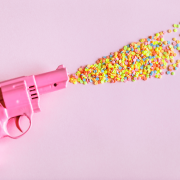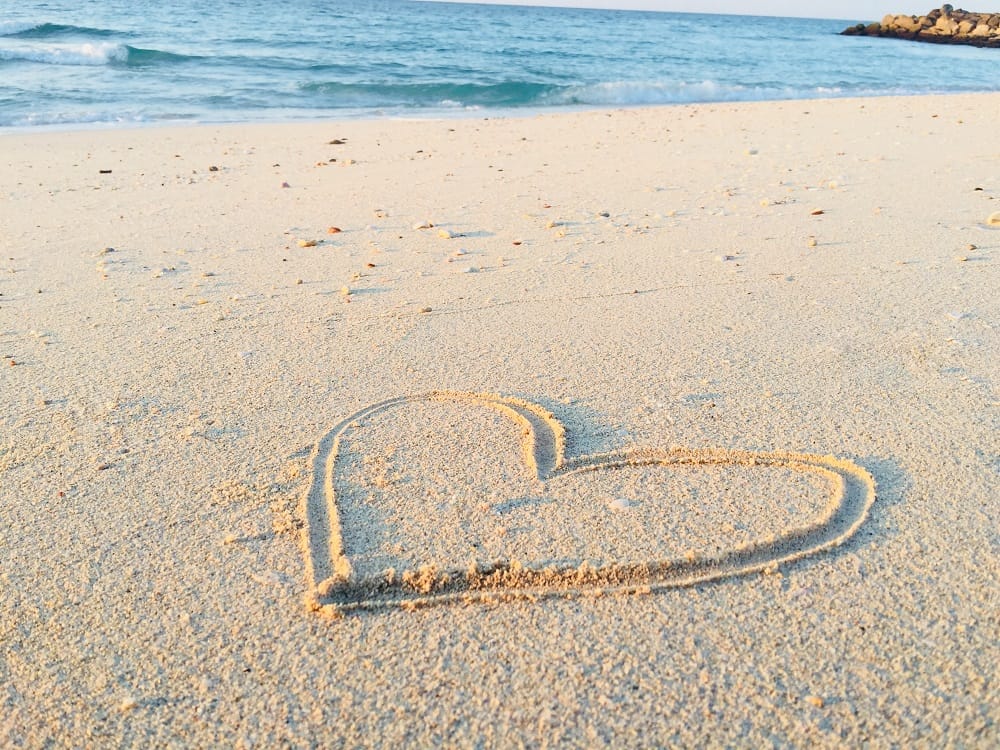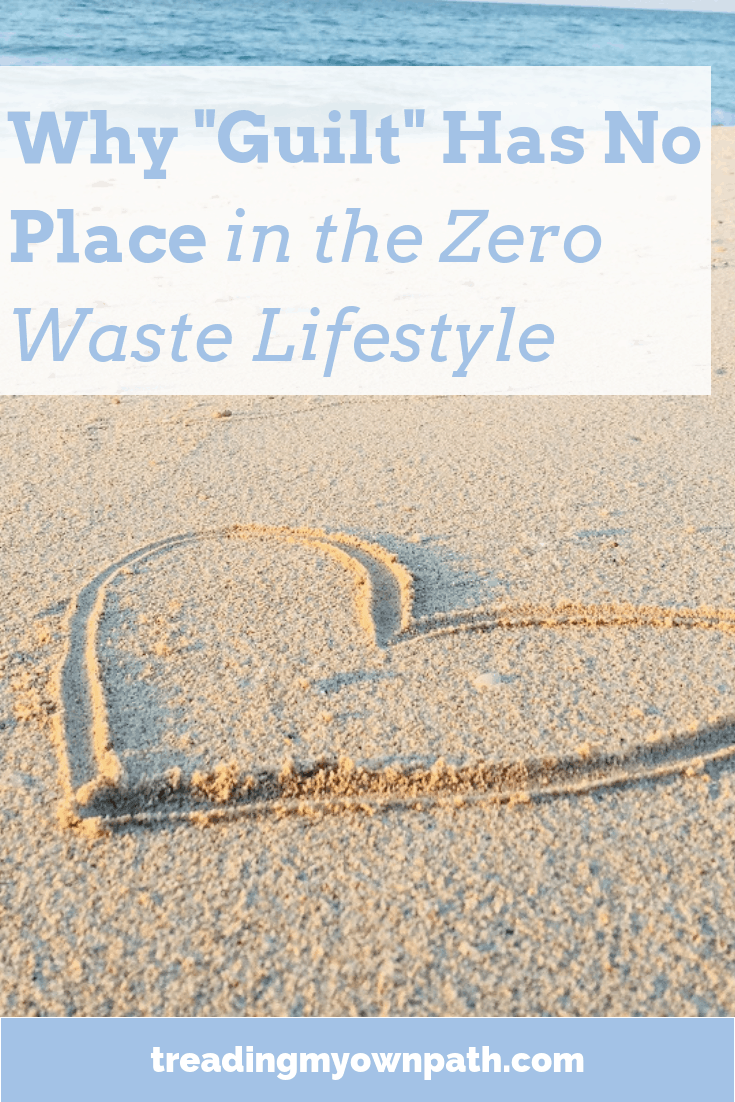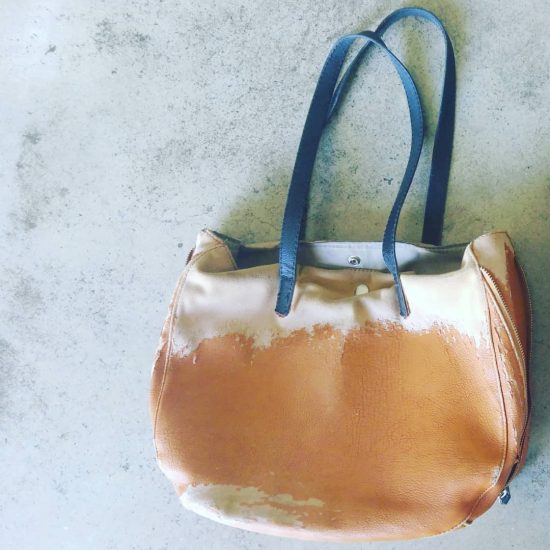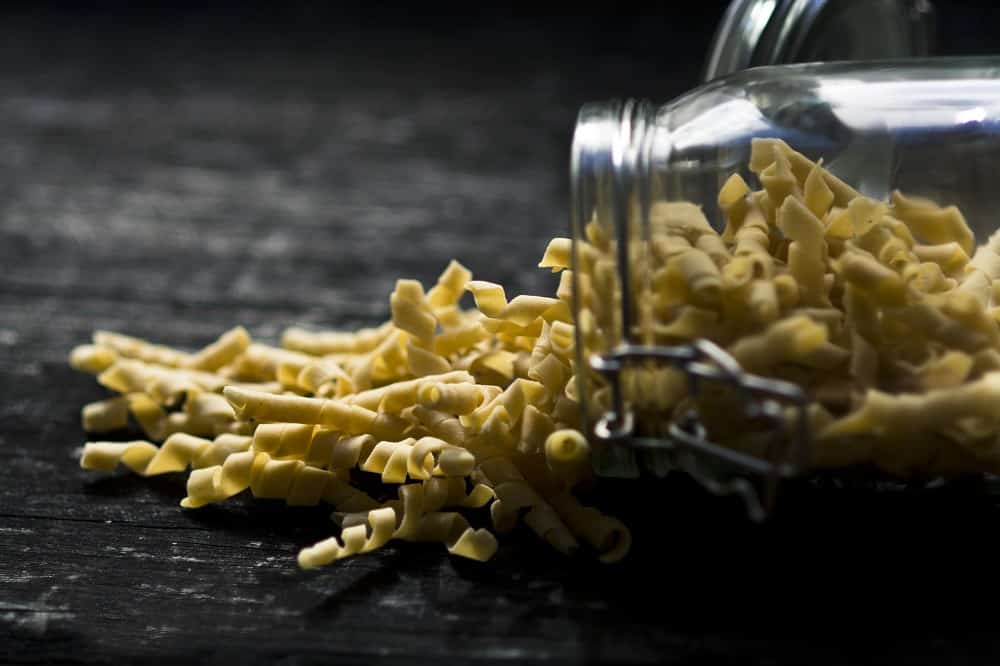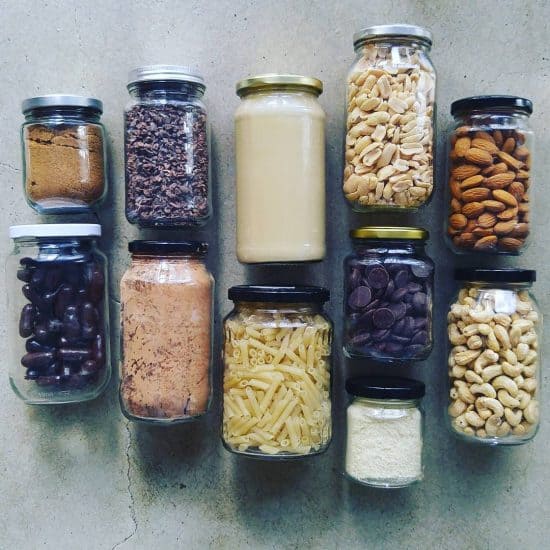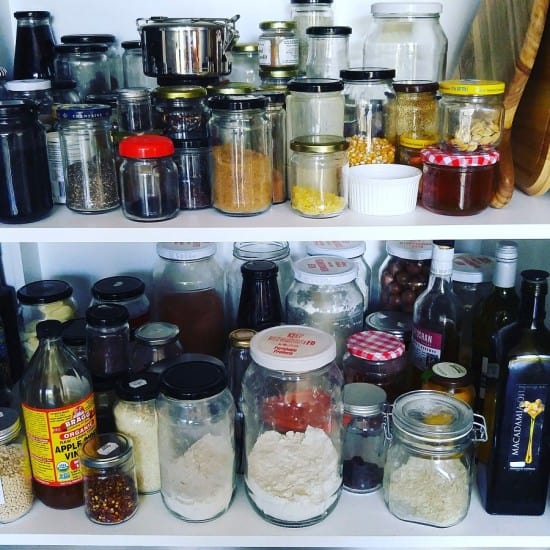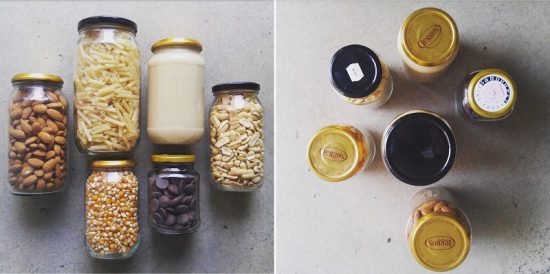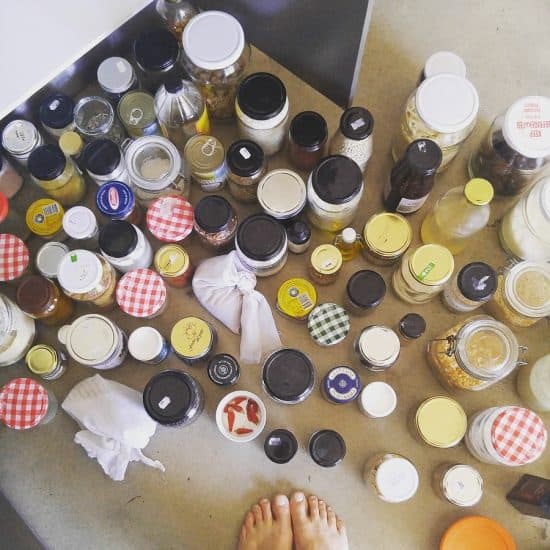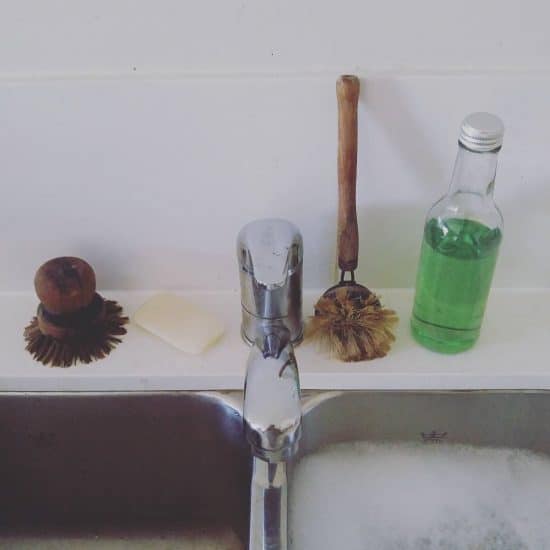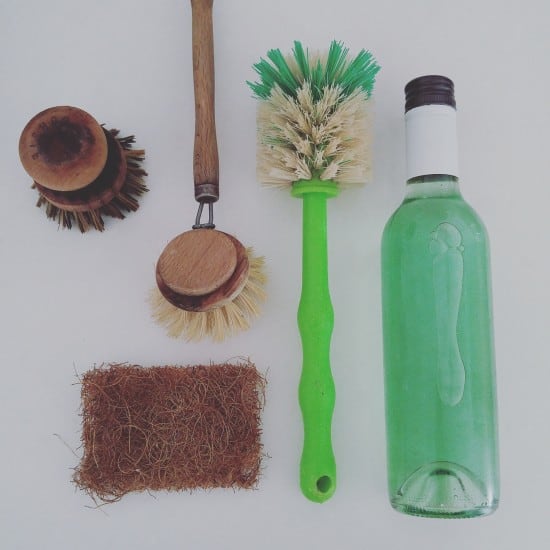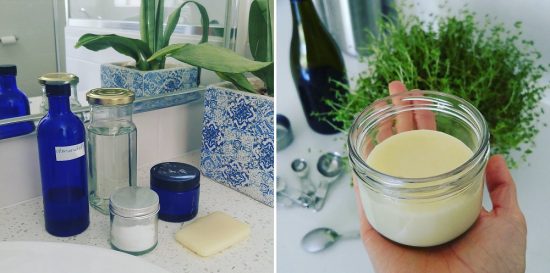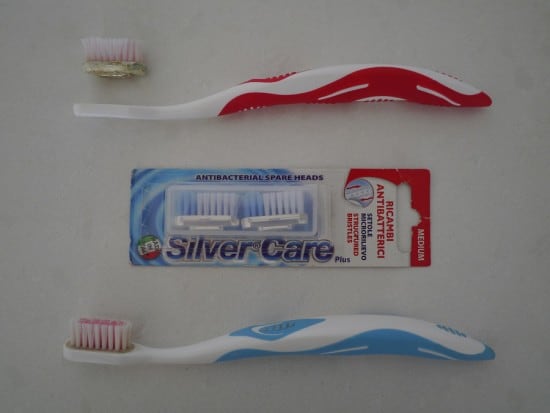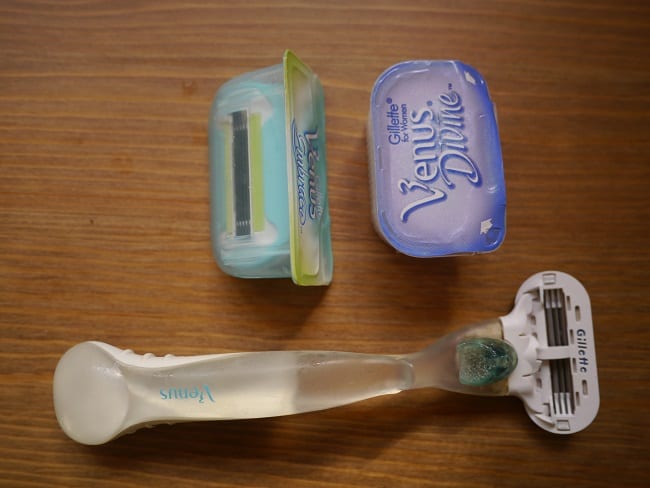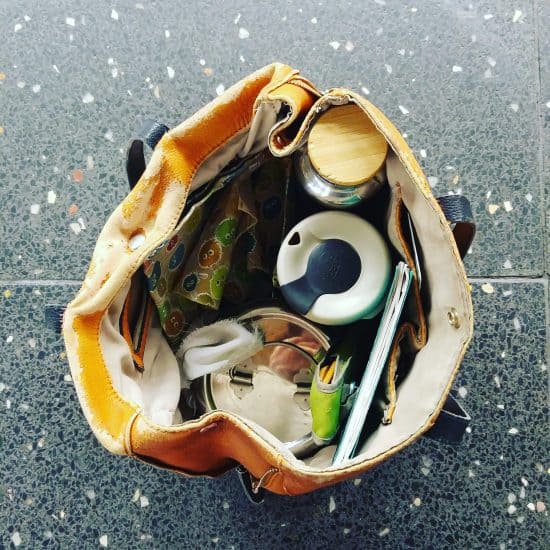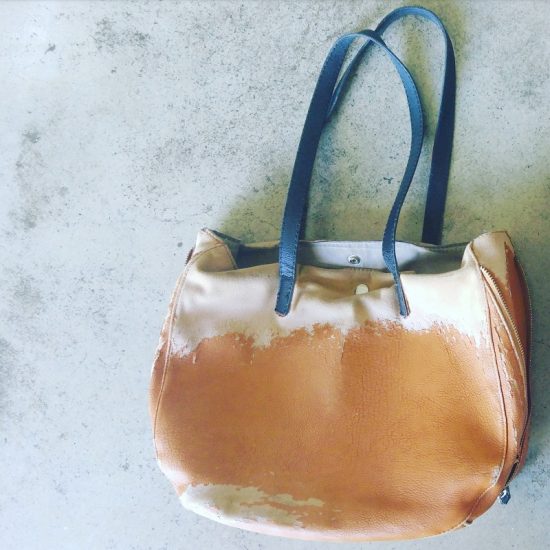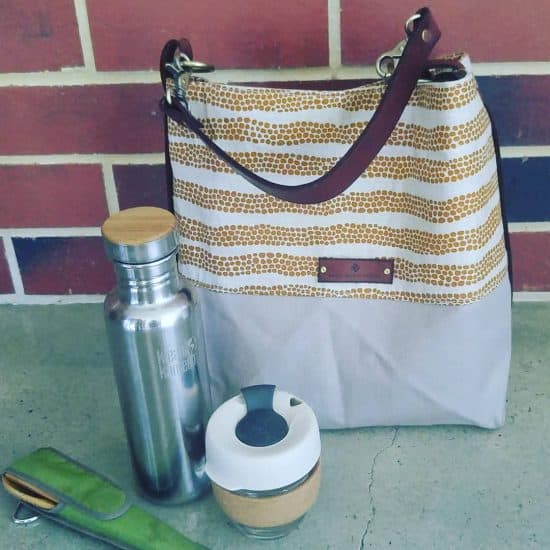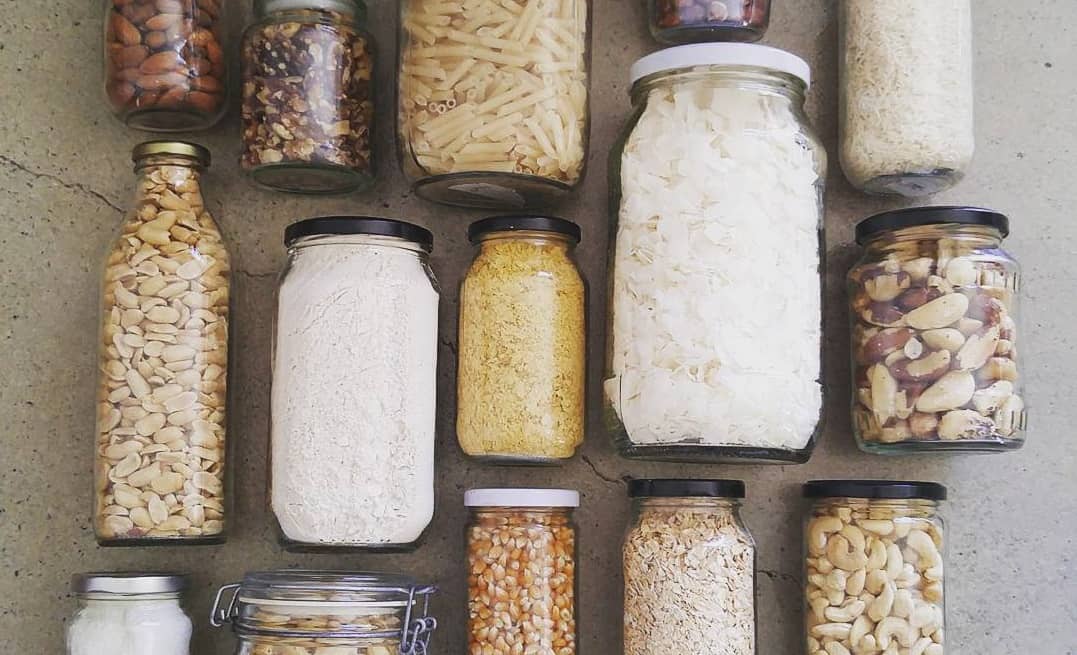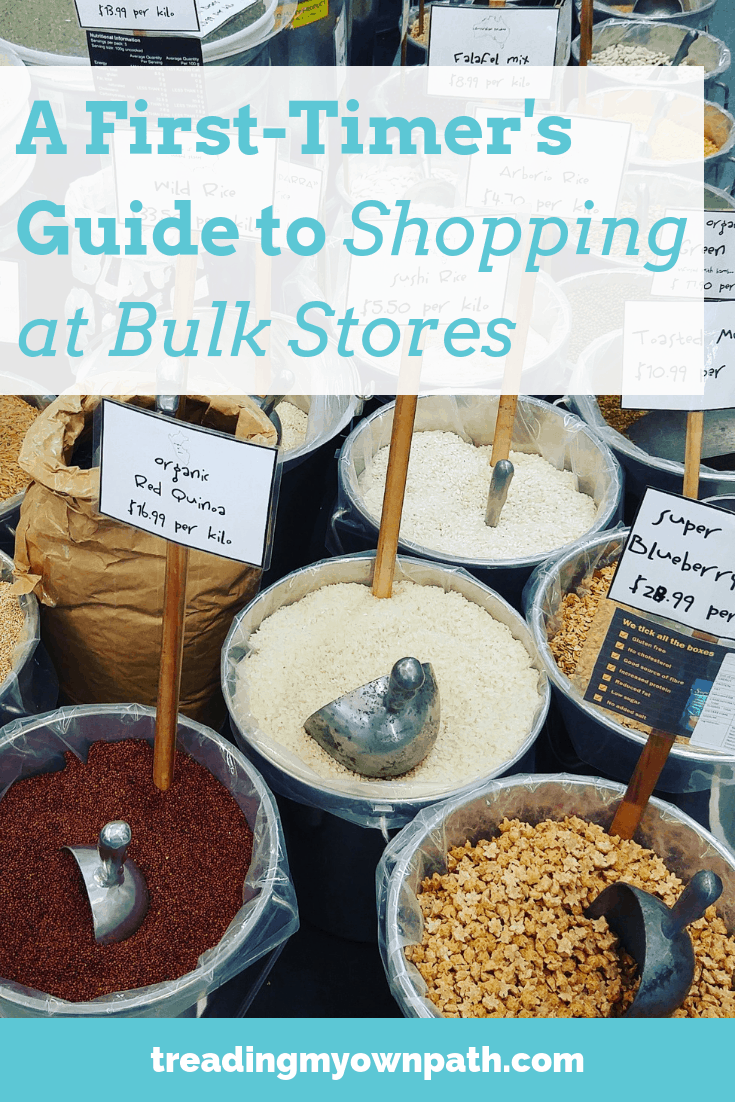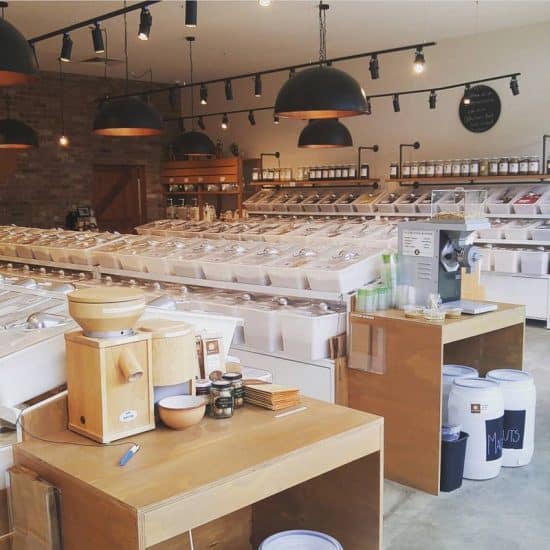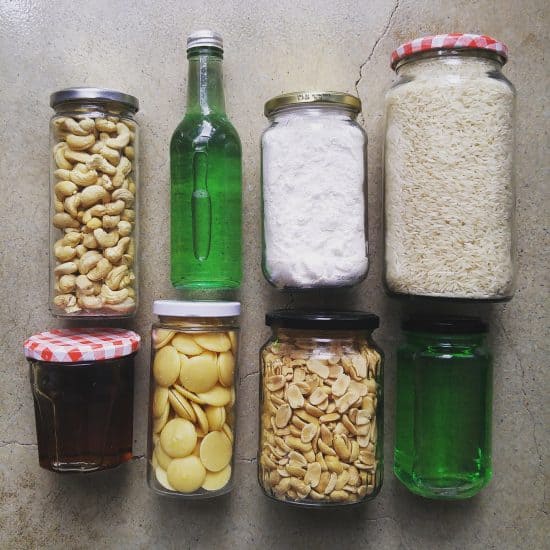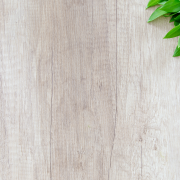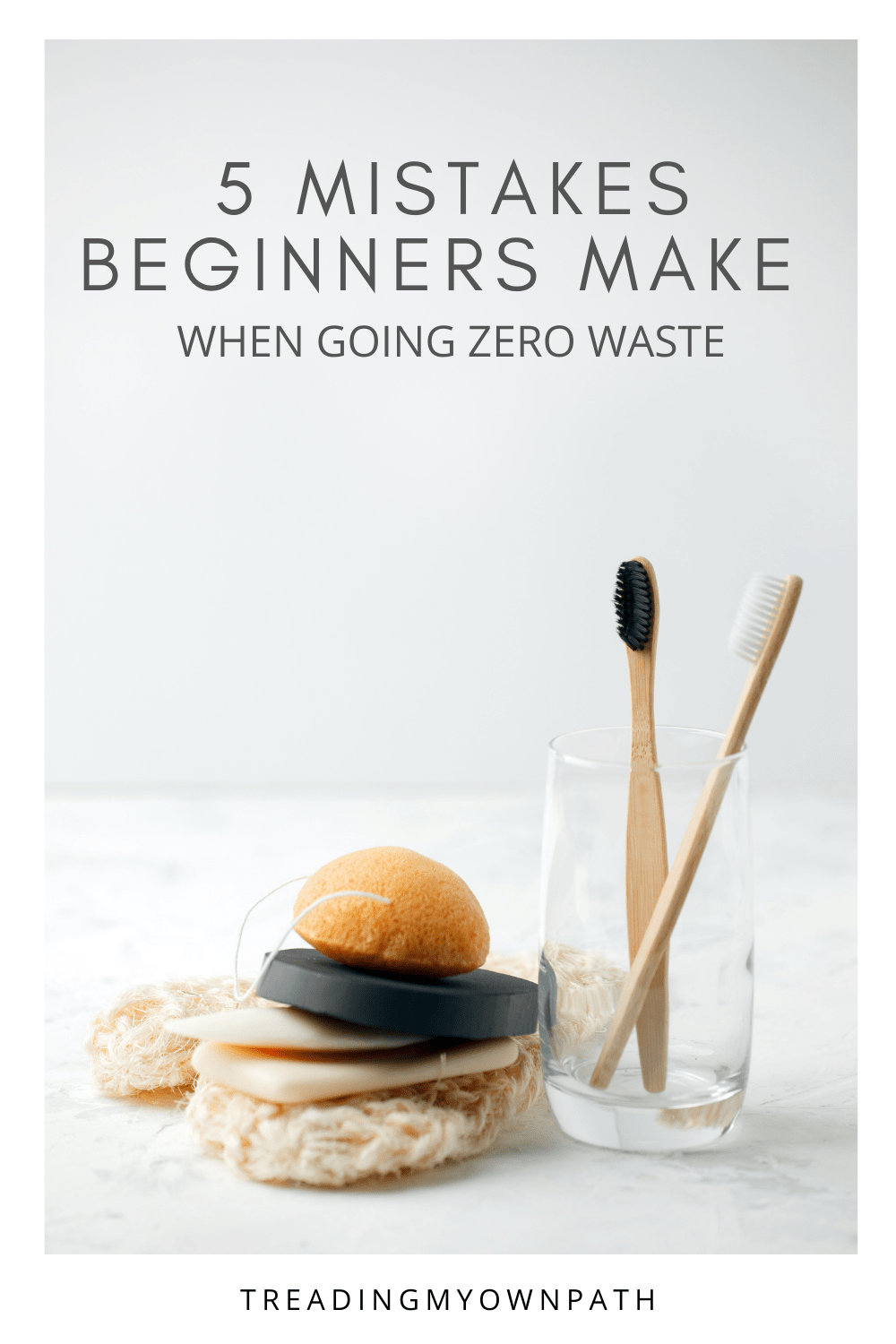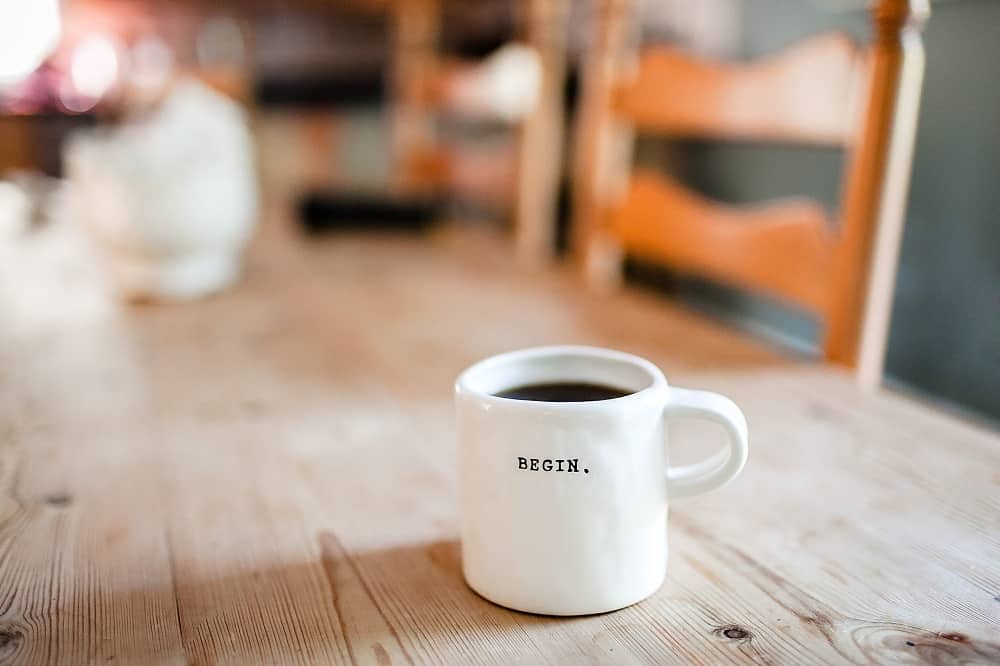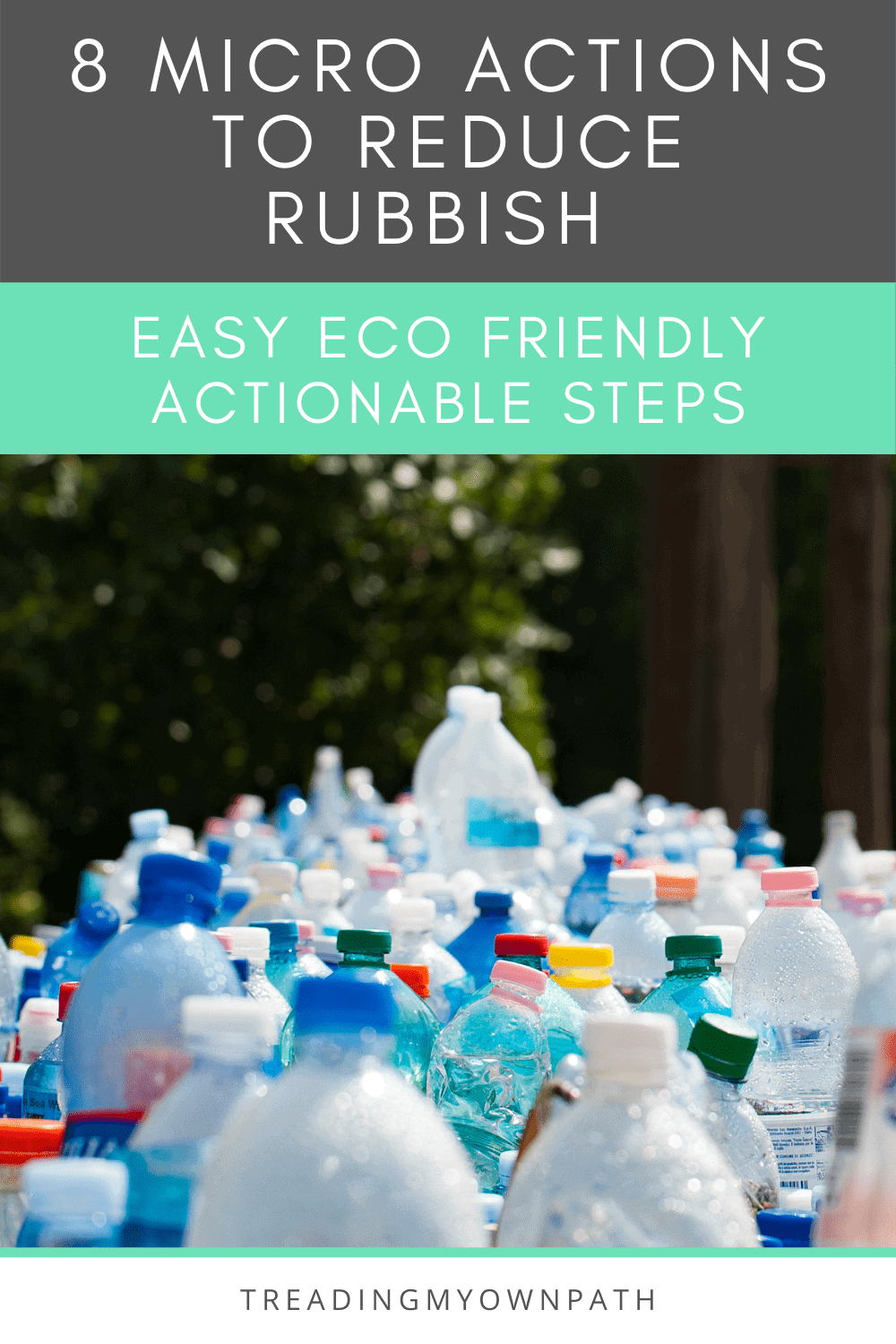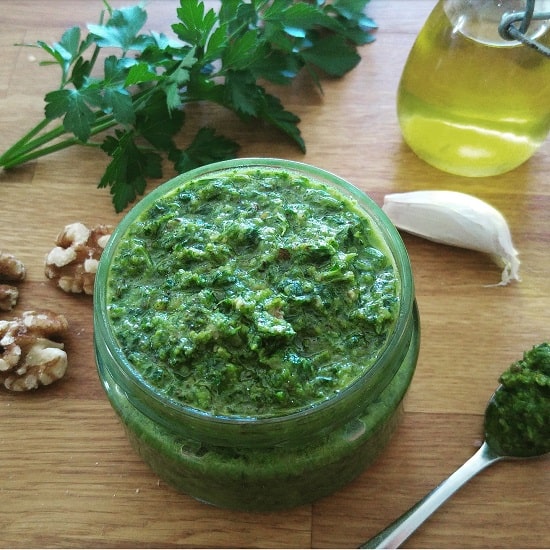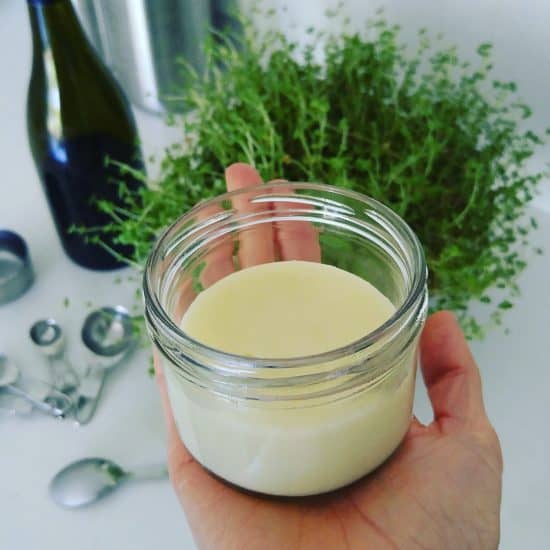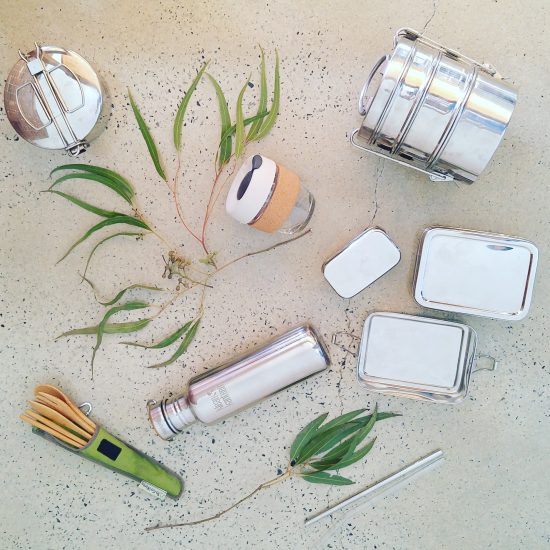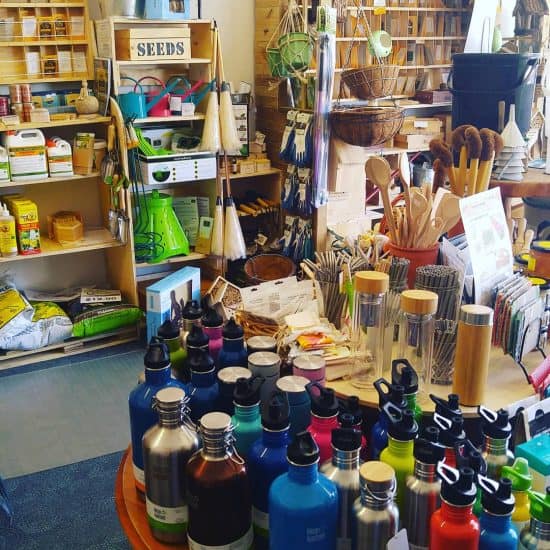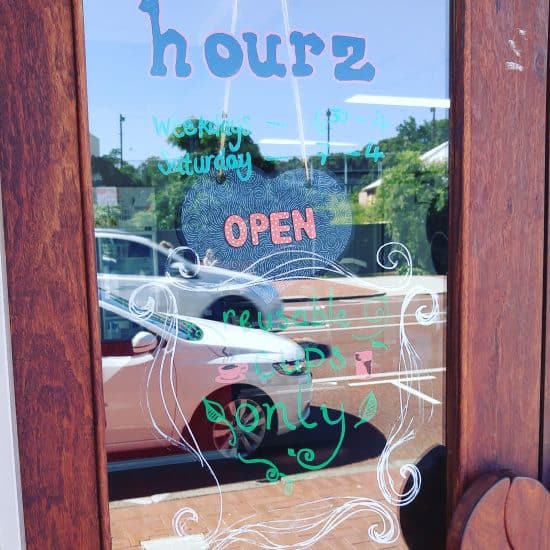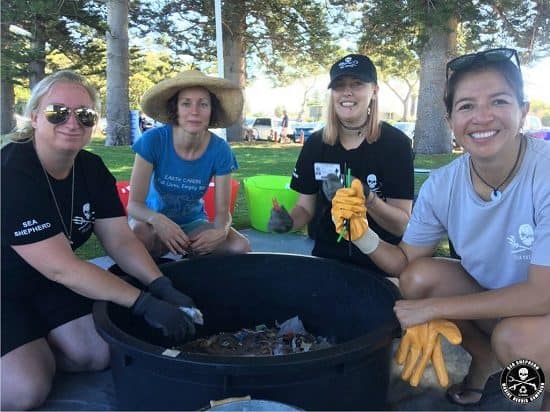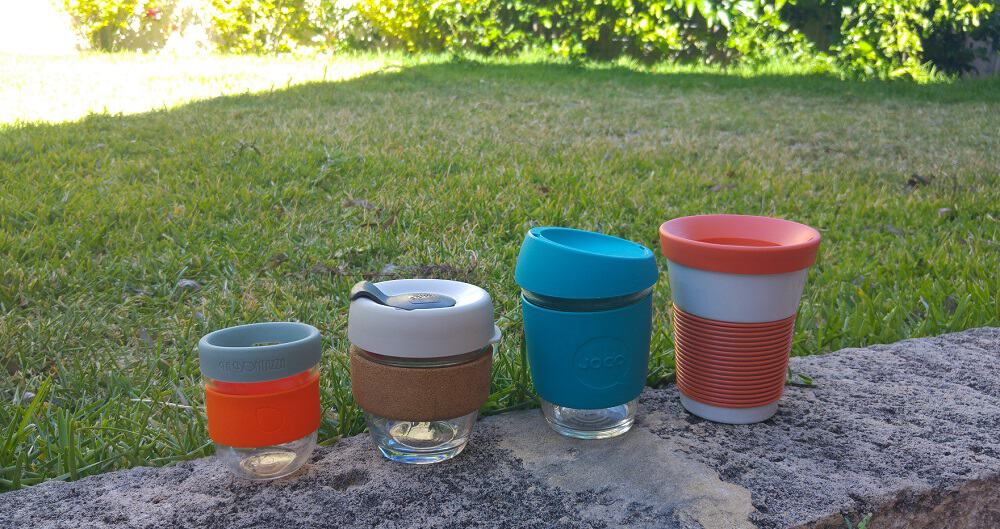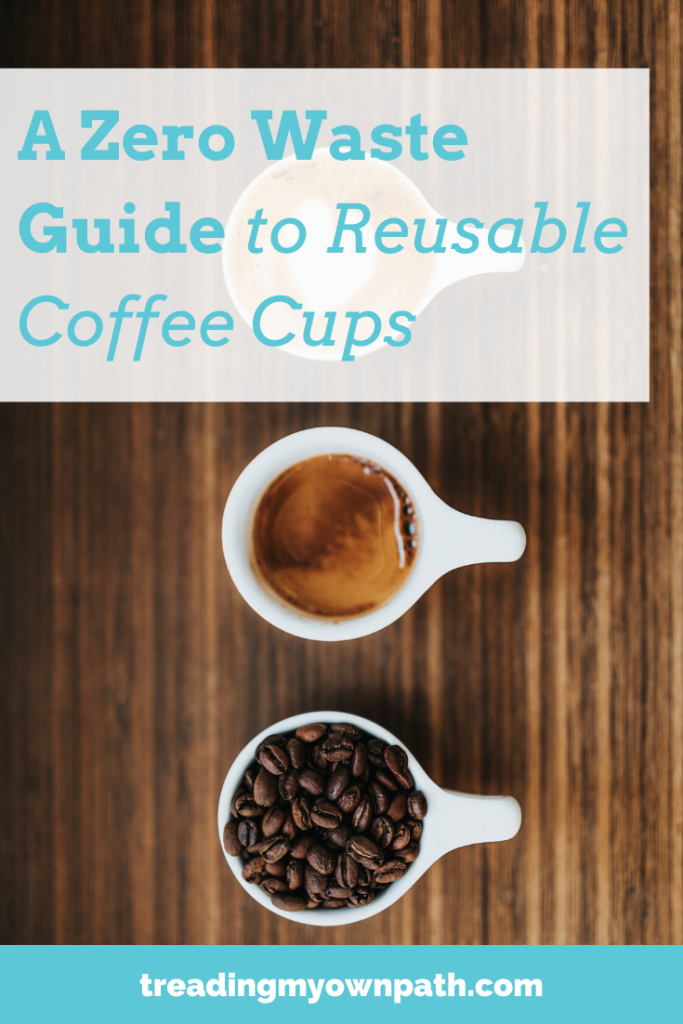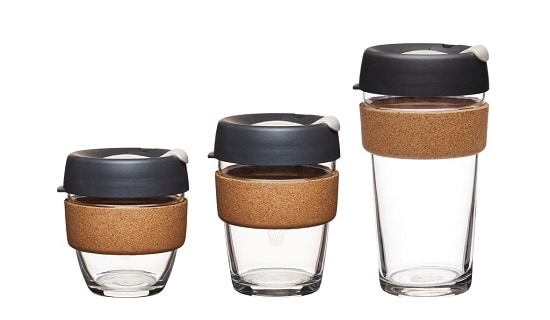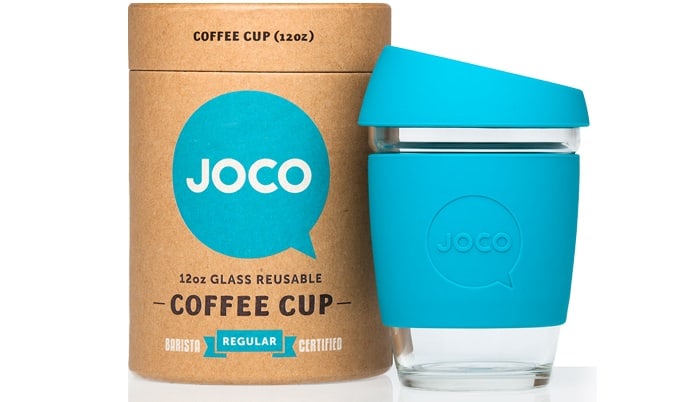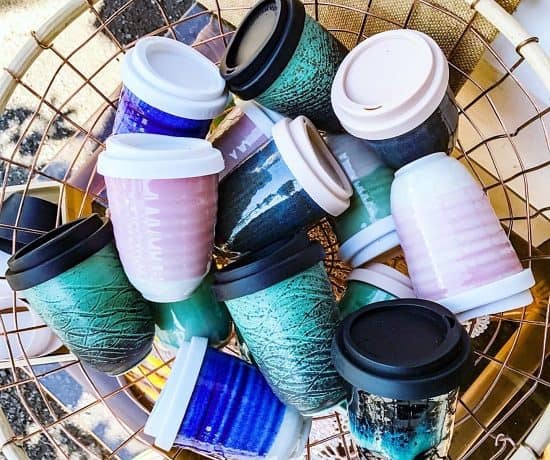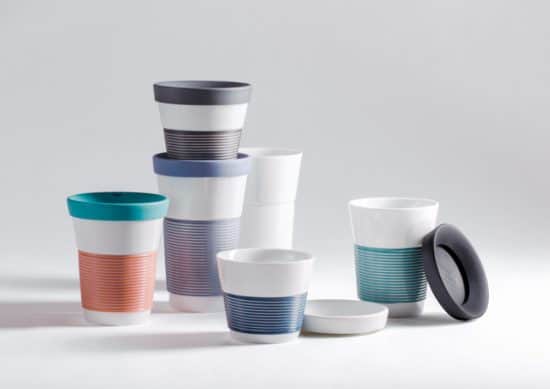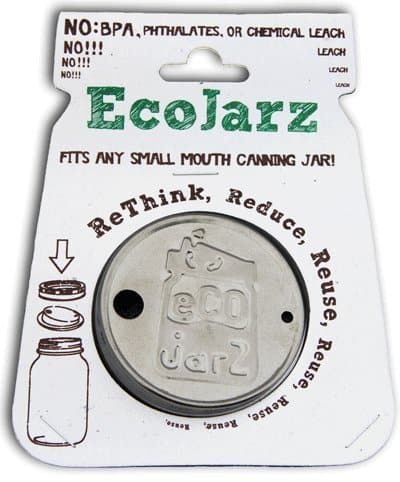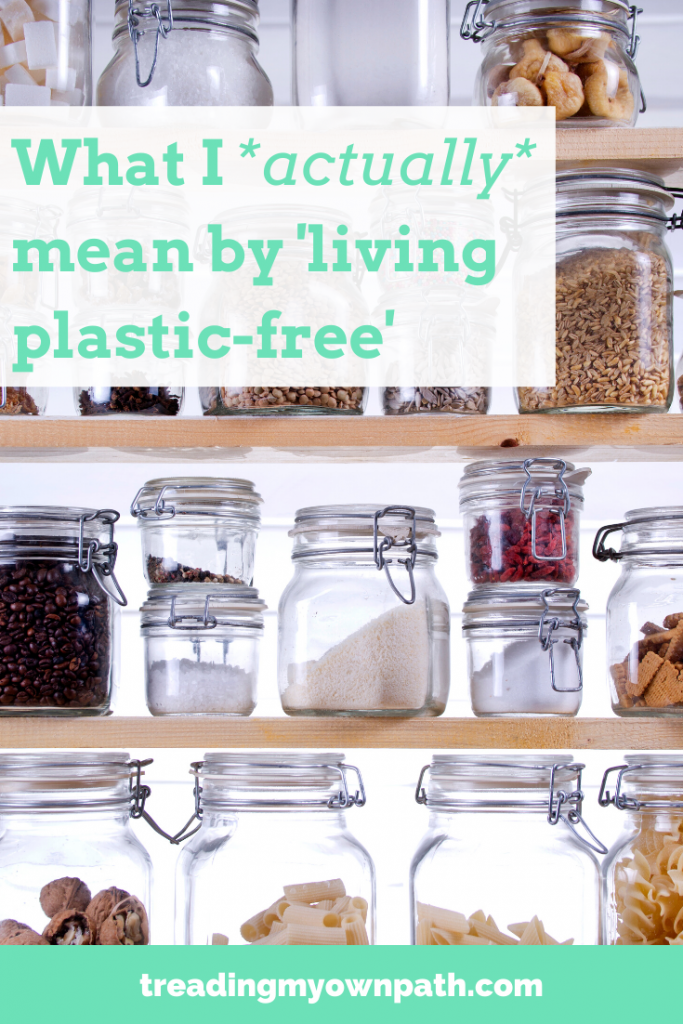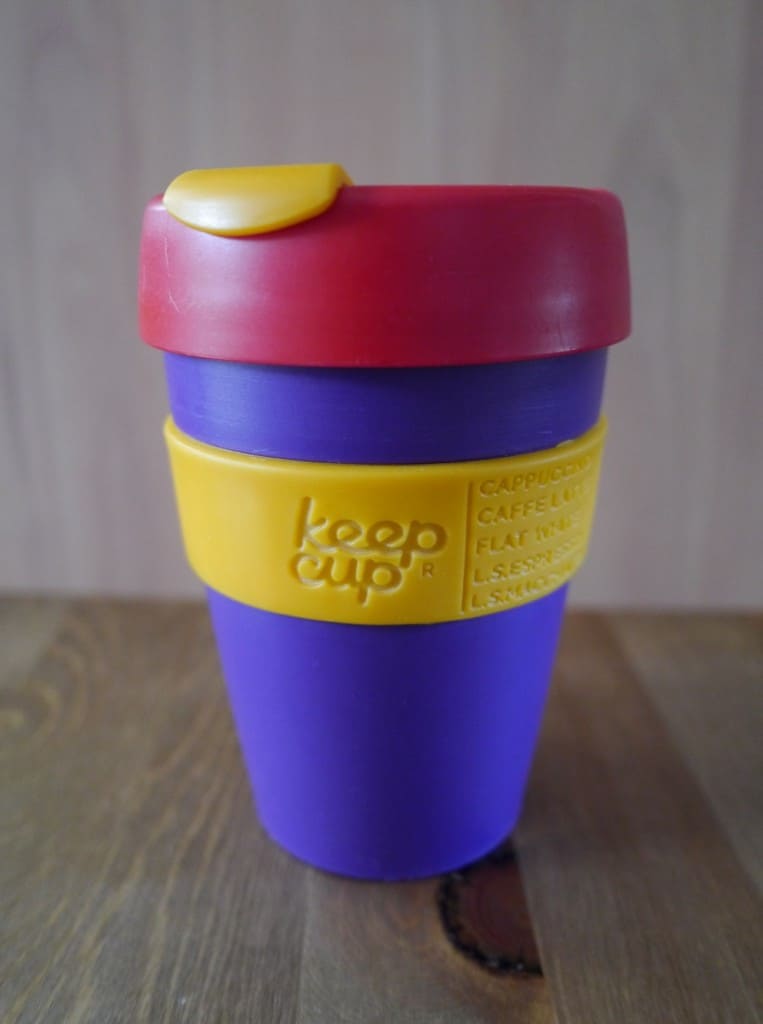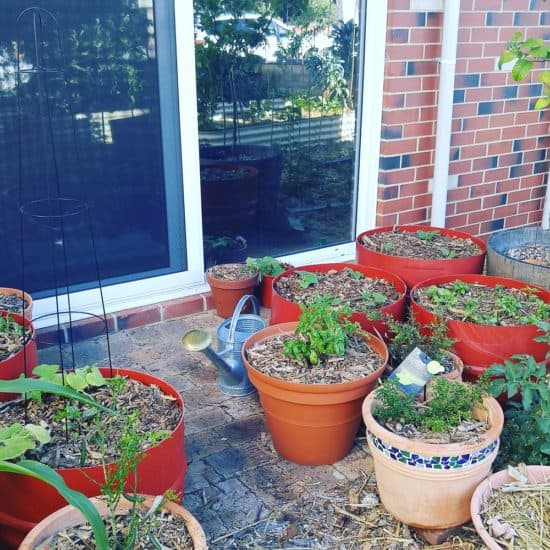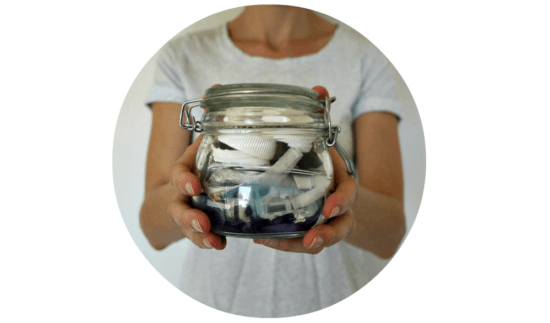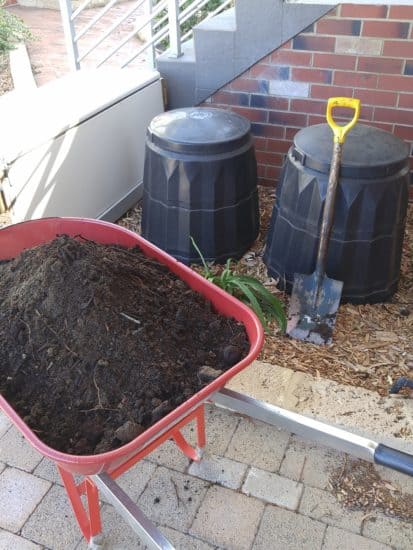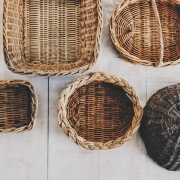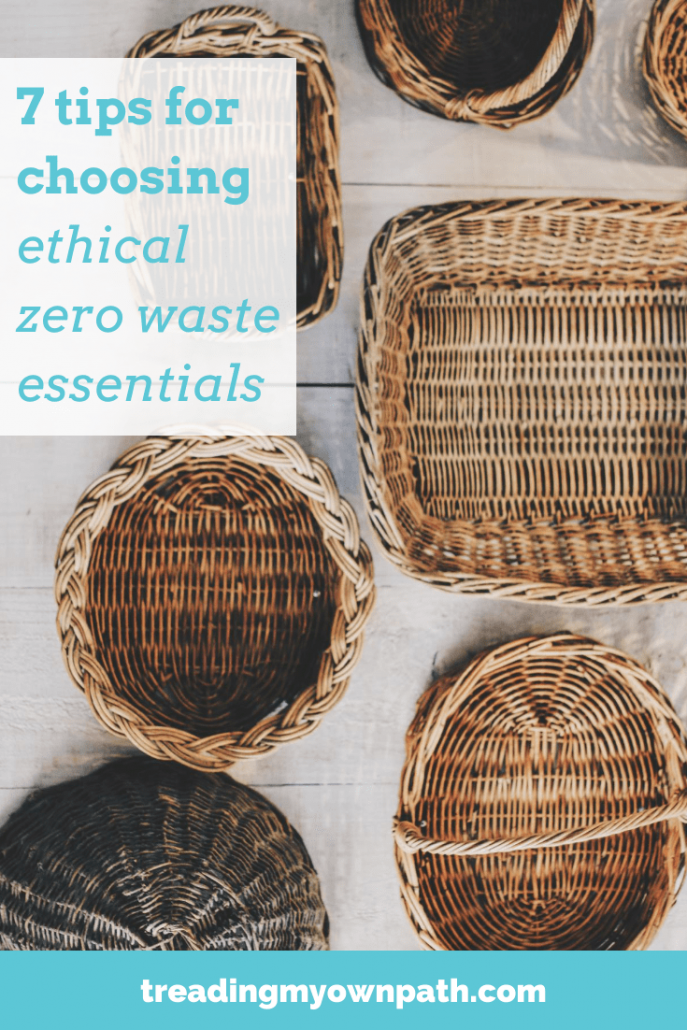Is Plastic-Free the Perfect Option? (Hint: Not Always)
It’s been a long time since I first took the Plastic Free July challenge (all the way back in 2012) and made the decision to make this plastic-free living lark a way of life. What an adventure it has been!
It completely made me re-evaluate the way I think about waste, the types of products I buy, where I source my food, the kinds of products I put on my skin, even the work that I do.
Of course, some of the decisions I made at the start of the journey aren’t the choices I’d make today.
However, I continue to share them, because they were decisions that I made at the time, and I think it is important to explain why I made these choices (along with what I might do differently now, or what the next step might be).
There are people starting out at exactly the point that I started out, and sharing the choices I made can help shine the light on possible alternatives and solutions.
I never share any solution as the perfect solution. I’ve talked about this before: how there’s often compromise, and we need to personally decide on our priorities and make the choices that work best for us in our own circumstances.
However, if the focus is plastic-free (or zero waste) living – which, hopefully it is! – then there are better choices. Not perfect, but better.
I wanted to talk about a few of the choices I’ve made, why they are not perfect, but why I still think they are “better”.
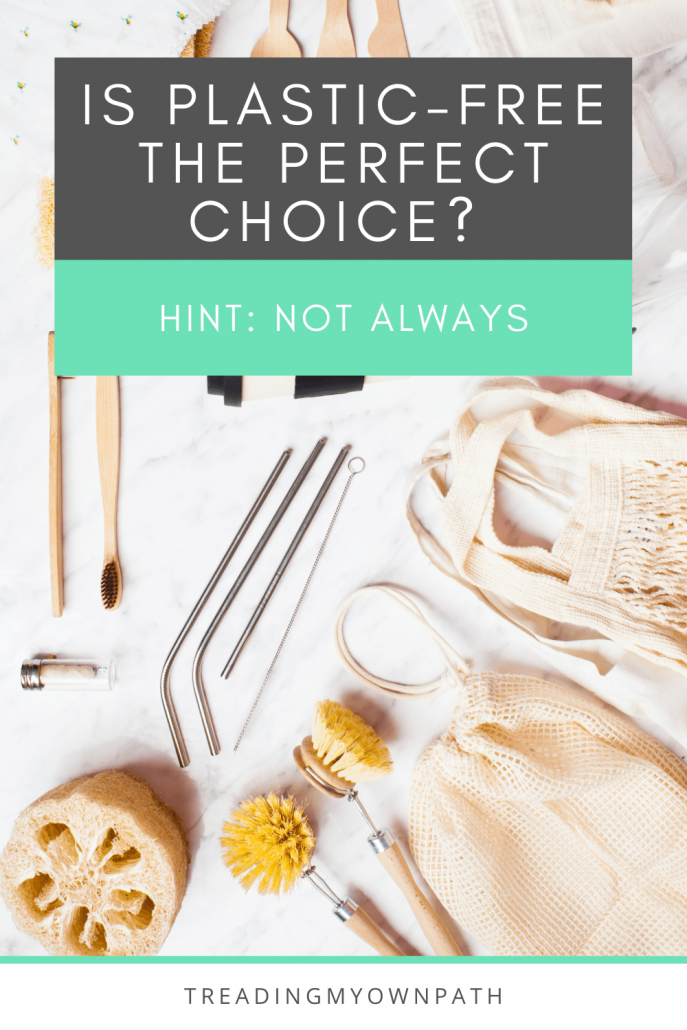
Lining a Bin with Newspaper
When I went plastic-free back in 2012, one of my first dilemmas was how to line my bin without a plastic bag. I still took the “free” plastic bags from the supermarket and used them to line my bin.
A friend suggested newspaper, and I made the switch.
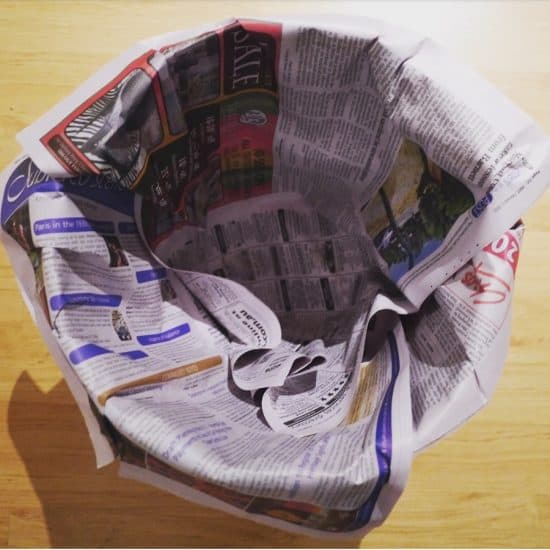
I wrote a post back in 2013 (it’s one of my most widely shared posts ever) entitled “How to Line Your Rubbish Bin without a Plastic Bag”.
I wanted to share with others how I’d switched from lining my bin with a plastic bag to lining my bin with newspaper. It is what worked for me.
Every year this post resurfaces at Plastic Free July time, and I get the same comments and questions, without fail.
“Who even gets a newspaper these days?”
Actually, quite a lot of people in Perth, which is where I live. There is a free community newspaper delivered to most suburbs. At the time, I had a free community newspaper delivered, and I read it, so it made sense to use it for something else.
A lot of cafes in Perth (there are a bazillion of them, at least) get newspapers for customers to read, as do libraries and workplaces.
There’s no need to buy a newspaper to line the bin. This is about using what I already had. It might not work for everyone, but it does work for some of us.
“Using newspaper is hardly eco-friendly, all those trees.”
I didn’t call that post “the absolutely most eco-friendly way ever to line your bin” for a reason. It is simply a plastic-free solution. (Although, when was the last time you saw a paper bag stuck in a tree, or choking sea life?)
Yes, making paper uses a lot of resources (trees, energy and also water). In fact, paper bags have three times the carbon footprint of a plastic bag.
Whether newspaper is the same I’m not sure, as it tends to have a lot of recycled content (whereas most paper bags do not), but of course, all materials have a footprint. Which leads me to…
“Why not compost and then there is no bin liner required at all?”
Exactly. Great idea and what I do now.
“Now” being the key word.
If you’d said to me at the start of Plastic Free July, “hey, newspaper bin liners have a footprint, you need to set up a compost bin and a worm farm and a bokashi system so you’re not throwing away any of your organic matter” then I would most likely have had a meltdown.
I was busy trying to find solutions to every other thing!
Yes, I did set up a worm farm, and a bokashi system, and I did do away with my newspaper bin liners. But it took 2 years to get to that point!
Buying Plastic Reusables
Something that also comes up often when talking about different types of reusables, is the fact that some are made of plastic.
“How can you say you are plastic-free when you use reusables made of / containing plastic?”
When I first went plastic-free back in 2012, I purchased a plastic KeepCup. Back then, KeepCup were the only brand of reusable barista-standard coffee cup, and they only had plastic cups (they didn’t launch their glass range until 2014).
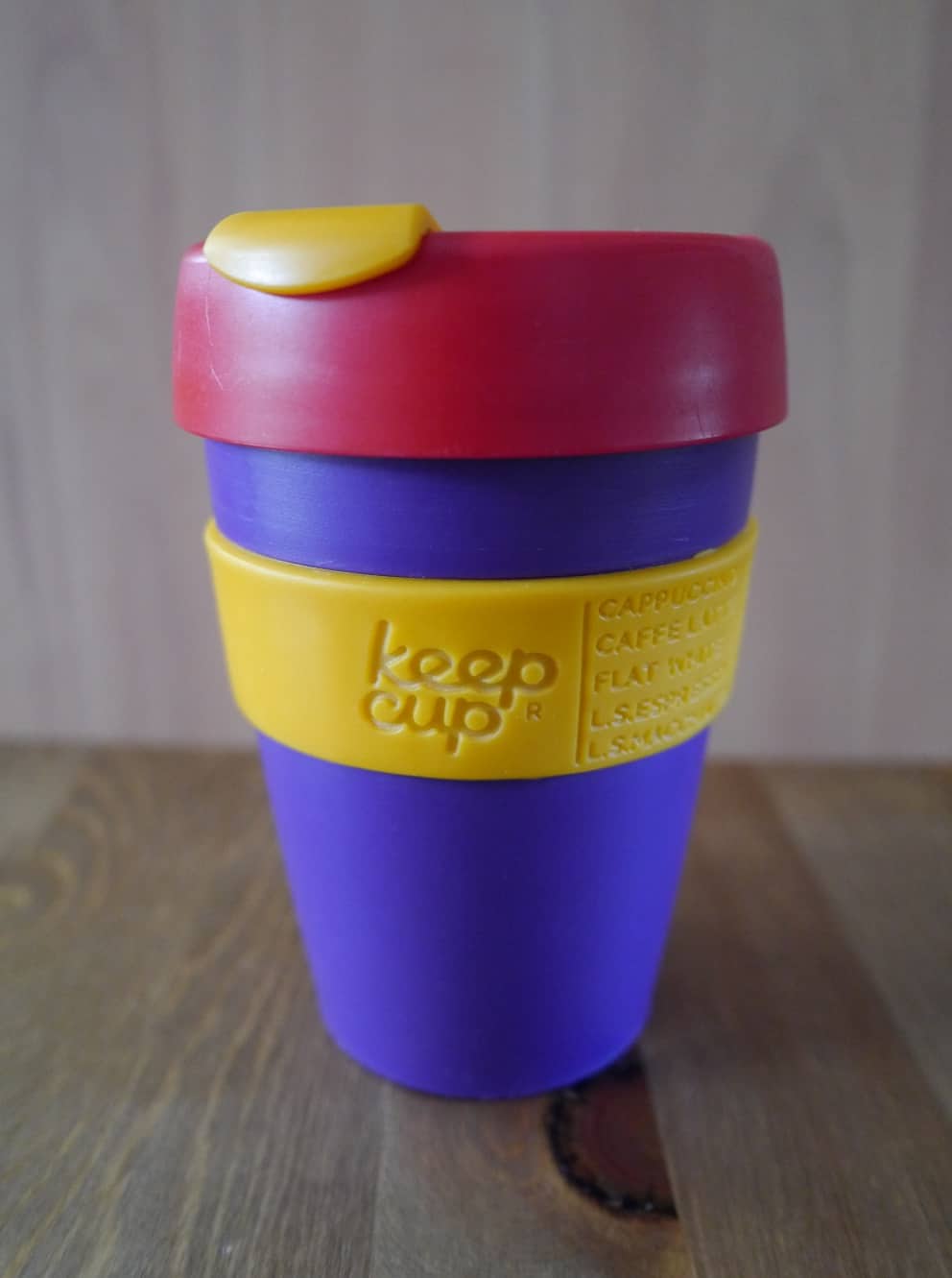
My goal was to reduce single-use plastic. That is what Plastic Free July is all about. The reusable plastic KeepCup served its purpose – I haven’t drank out of a takeaway coffee cup since.
It’s estimated that a reusable coffee cup needs to be used about 15 times to offset the energy / footprint, versus a single-use disposable cup. Definitely achieved.
In time, I decided that plastic reusables weren’t something I personally wanted to choose in future. I also didn’t love drinking hot drinks out of plastic, so I purchased a glass one.
However reusable plastics still work for some. Whether it’s the portability, resistance to breakage, the need to be collapsible or something else, there are reasons that people still choose plastic reusables, and these reasons are perfectly valid.
There’s another really good reason to purchase reusables made out of plastic in my view, and that is when they are made out of 100% recycled plastic.
As my plastic-free living journey deepened, I decided I wanted to steer clear of ALL plastic. Over time, my view of this has mellowed because I realise that we still have an issue to deal with – legacy plastic.
If we banned plastic water bottles tomorrow, there are still millions already in existence. What do we do with them? Recycling them into something worthwhile and built to last seems like a good idea to me.
Recycled PET shopping bags and produce bags have a much lower carbon footprint than new cotton or cloth bags (cotton requires huge amounts of water to grow and is often exposed to huge amounts of pesticides also).
I think these kinds of reusables definitely have a place in a “plastic-free” world.
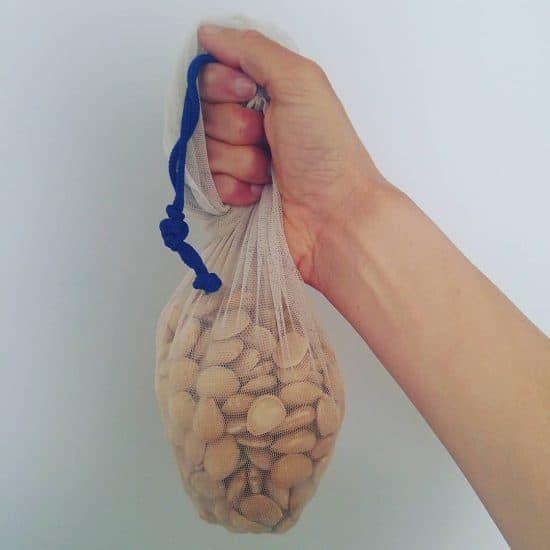
Personally, I like a mix. I like to keep my plastic-use to a minimum, but I do find these bags immensely useful and practical.
Shopping at Bulk Bin Stores that Use Plastic Bins (Which is Pretty Much All of Them)
I talk about bulk food shopping on my website and also on Instagram, and more than once I’ve had comments about the materials the bulk containers are made of.
“Isn’t it ironic / hypocritical saying plastic-free when the containers are made of plastic?”
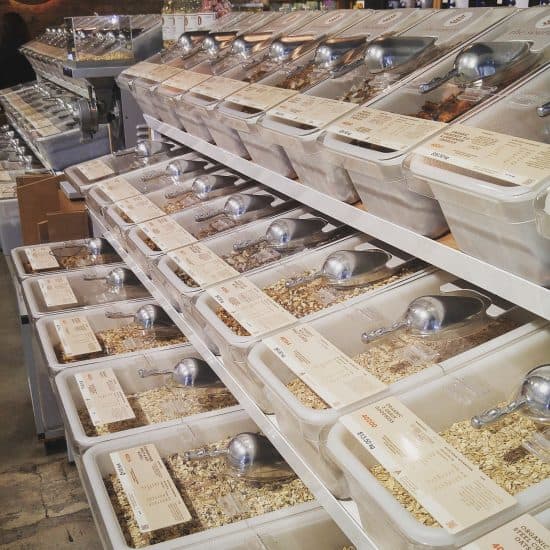
Personally, I think not. My local store in Perth is part of The Source Bulk Foods, who have more than 40 bulk stores in Australia. There are lots of other bulk stores in Perth and across the country. I’ve never seen one with zero plastic storage, and when you think about the cost and practicalities of only using metal, glass or wood, it’s easy to see why it’s not common.
These bulk stores (with their plastic bins) make it possible for thousands of customers to shop packaging-free. They generate packaging themselves, sure, but far less than if we were all buying our individually packaged everything from the supermarket.
Plus, they are working with suppliers to develop ways to reduce packaging further upstream.
Zero waste isn’t perfect, and plastic-free living doesn’t have all the solutions, but we get closer all the time.
If you’re starting out with plastic-free, and are finding the apparent conflict a little tricky to navigate, know that we have all been there. It’s easy to get lost in a minefield of ethical dilemmas when it comes to plastic-free living.
There’s always someone keen to point out why something isn’t perfect. If we are just at the beginning of our journey, there is nothing more deflating than making a choice that we feel is better, only to be told that actually, it isn’t.
The only thing we can do is to make conscious decisions. To make the best choice you can with what you know today. Maybe in the future you’d choose differently, but we can’t make decisions about things we don’t know yet.
Plastic-free living is not about being perfect, it’s about making better choices.
Now I’d love to hear from you! How do you feel about plastics in your plastic-free life? Do you own and use any plastic reusables, or is it something you steer clear of? Is it something that you’ve changed your mind about along the way? Where are you willing to compromise, and where are you not? I’d love to know what you think so please leave a comment below!
[leadpages_leadbox leadbox_id=140b48fc6639c5] [/leadpages_leadbox]

